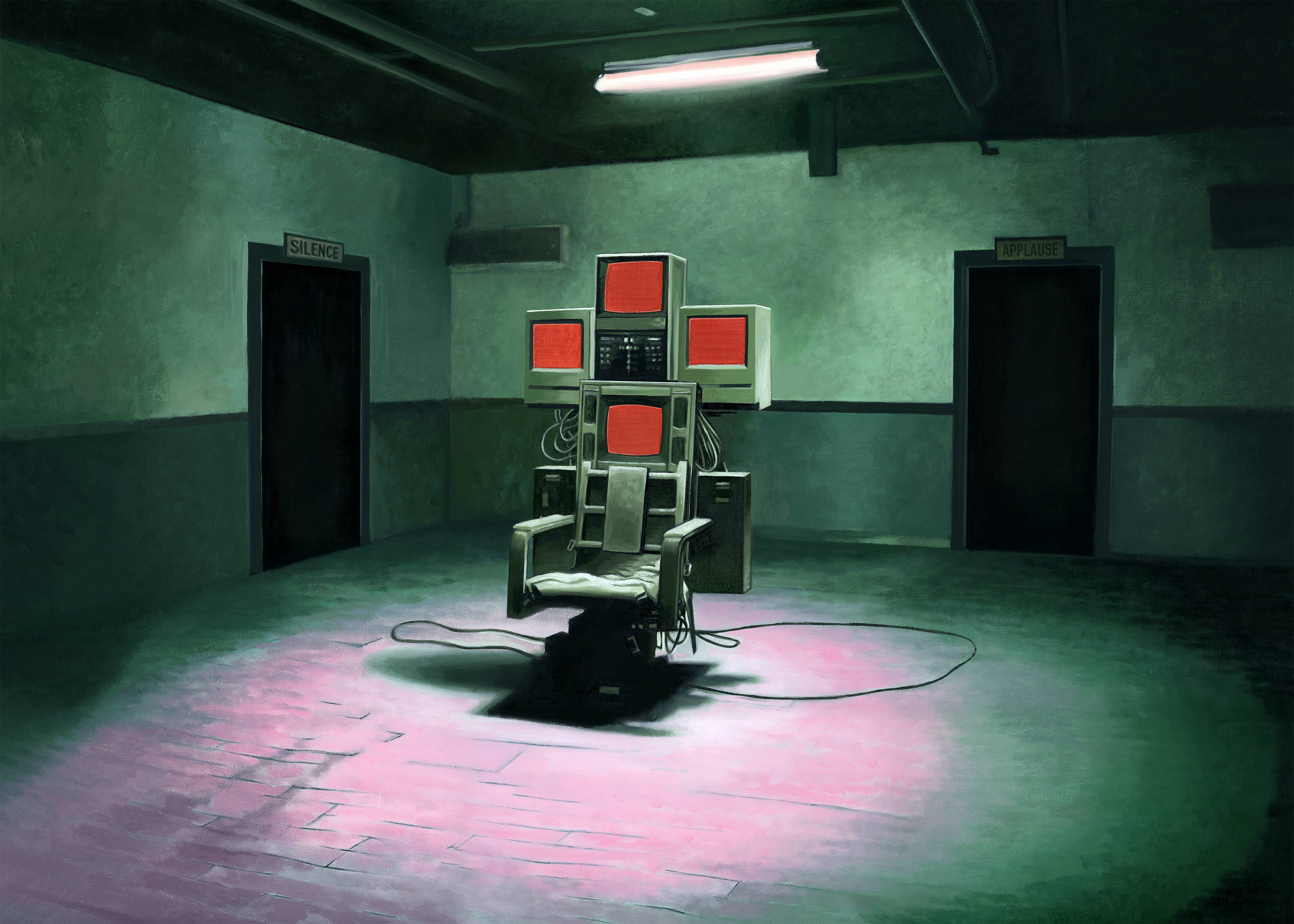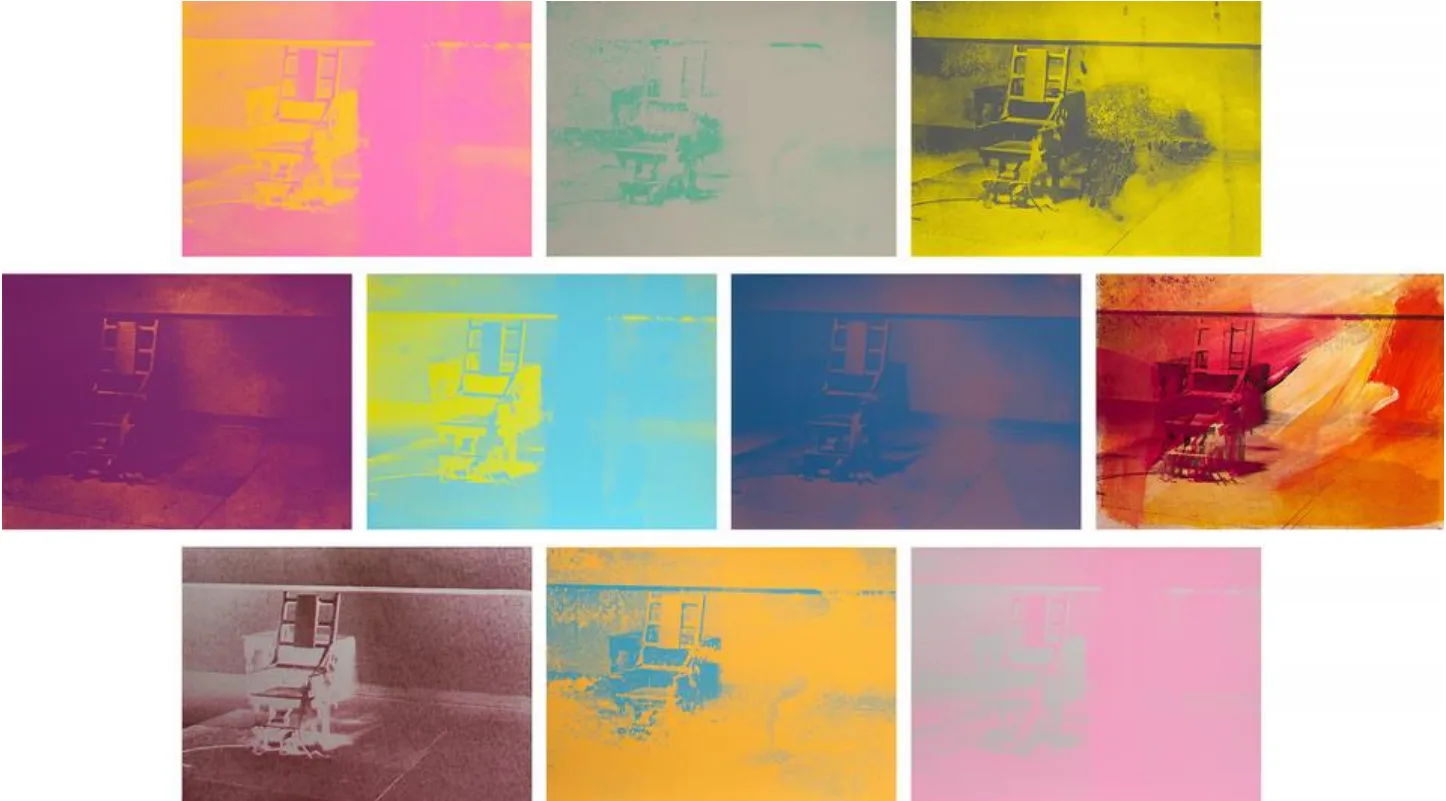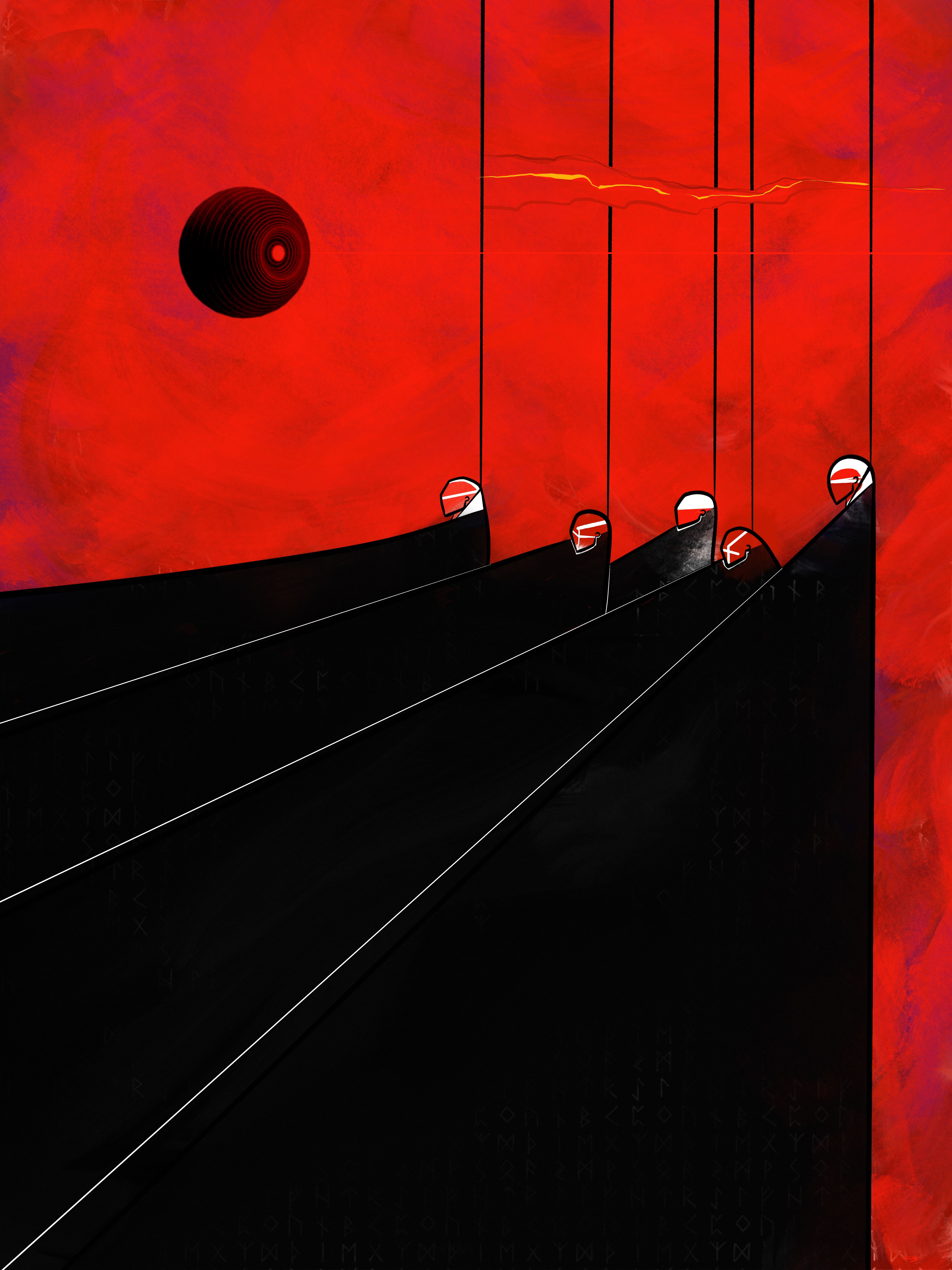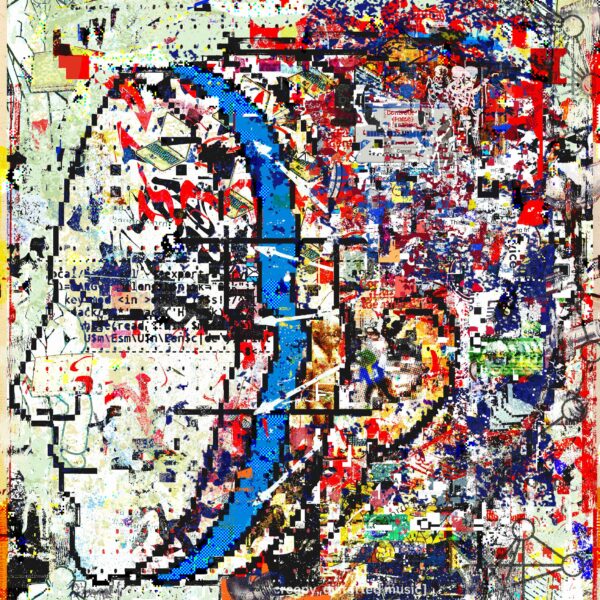Whispers and Closed Doors: Cryptoart and Cypherpunk
"Whispers and Closed Doors: Cryptoart and Cypherpunk" delves into a curated collection of digital artworks that embody the rebellious spirit of the Cypherpunk movement. Through the works of thirteen international artists, the article explores themes of privacy, surveillance, and resistance against societal control, highlighting the enduring relevance of Cypherpunk ideals in contemporary digital art.

A Comprehensive Critique
“Whispers and Closed Doors: Cryptoart and Cypherpunk” is an ambitious and thought-provoking exhibition that seamlessly integrates the rebellious spirit of the Cypherpunk movement with the innovative realm of digital art. This curated collection showcases the works of thirteen international artists, each bringing a unique perspective to the overarching themes of privacy, surveillance, and resistance against societal control. Through a diverse array of media and techniques, the exhibition not only pays homage to the Cypherpunk ethos but also advances the dialogue on digital art’s role in contemporary society.
Historical Context and Artistic Innovation
The Cypherpunk movement, originating in the late 1980s and 1990s, was driven by a commitment to privacy and the protection of individual freedoms in the digital age. Pioneers like John Gilmore, referenced in ROBNESS’s ‘PORTRAIT OF A CYPHERPUNK,’ were instrumental in advocating for the use of cryptographic tools to defend against surveillance and authoritarian overreach. This piece, a ‘TRASH’ .GIF, captures the raw, unfiltered energy of the early Cypherpunks, blending digital collage and glitch aesthetics to celebrate their enduring influence.
Building on this historical foundation, the exhibition highlights how contemporary digital artists continue to grapple with themes of anonymity and control. Sabato Visconti’s ‘How To Be Anon,’ a GIF created using frames from Hito Steyerl’s ‘How Not to be Seen,’ employs retro digital techniques to underscore the ongoing struggle for privacy in an era of pervasive surveillance. This piece resonates deeply with the Cypherpunk commitment to maintaining personal autonomy in an increasingly digital sphere.

Thematic Exploration and Artistic Diversity
A.L. Crego’s ‘Exadata’ offers a profound exploration of the evolution of power from deities to modern institutions, ultimately returning to the ‘Cloud.’ Through a combination of promptography, video editing, and photo editing, Crego illustrates how contemporary society feeds data into machines that later control our thoughts and actions. This work echoes the Cypherpunk warning against unchecked technological power, emphasizing the need for vigilance and resistance.
Empress Trash’s ‘I Love You, It’s Ruining My Life’ delves into the dual nature of technology as both a connector and a disruptor. Utilizing Midjourney, Stable Diffusion, and Photomosh, the piece captures the ephemeral nature of the digital world, where information is constantly updated, altered, and censored. This reflects the Cypherpunk critique of technology’s impact on human relationships and personal freedom.
Drift’s ‘Confession I: I don’t want to hide anymore.’ is a deeply personal work that explores vulnerability and the longing for a world free from secrecy and fear. Through poetic imagery and breathtaking perspectives, Drift contrasts the openness of nature with the oppressive need to hide, resonating with the Cypherpunk ideal of a society where individuals can live openly and authentically.

Technological Self-Entrapment and Artistic Reflection
Pepenardo’s ‘COMPUTER DEATH’ reinterprets Andy Warhol’s ‘Electric Chair’ series to comment on technological self-entrapment. The oil painting replaces the electric chair with a fictional computer death chair, symbolizing the slow decay of human flesh and spirit in the digital age. This piece critiques the dehumanizing effects of technology, a central concern of the Cypherpunk movement.


Killer Acid’s ‘Don’t Trust the Government’ draws on personal experiences and a mistrust of authority, blending psychedelic visuals with a strong anti-establishment message. This work captures the essence of the Cypherpunk ethos, reflecting a deep-seated skepticism of governmental control and surveillance.

Personal Identity and Resistance
ADHD’s ‘I Am Sybil’ addresses the complexities of identity and the challenge of maintaining authenticity in a digital world. The digital collage explores the concept of Sybil attacks, where fake identities undermine authority in peer-to-peer networks. This piece highlights the paradox of anonymity in the digital age, reflecting both the benefits and the dangers of masked identities.

C3’s ‘Prisoners.’ offers a stark depiction of the perpetual struggle and confinement under oppressive regimes. The simple statement “No one ever leaves” encapsulates the hopelessness of such environments, aligning with the Cypherpunk critique of authoritarian control and the importance of resistance.

Anna Malina’s ‘Filthsight’ combines digital video self-portrait, paper collage animation, and sound to question the perception of reality and the boundaries of human vision. By referencing film history and experimental techniques, Malina’s work invites viewers to reconsider their understanding of the digital and physical worlds, echoing the Cypherpunk pursuit of uncovering hidden truths.
Hafftka’s ‘Cypherpunk’ serves as a multifaceted tribute to the history of crypto art and the foundational principles of the Cypherpunk movement. The piece, composed of eight digital paintings created in Procreate and Photoshop, is combined into a looped video accompanied by music played by Hafftka and Yonat, featuring guitar and theremin. By incorporating snippets of Python emergency stop code for drones and machine learning code for image and audio generation, Hafftka underscores the Cypherpunk manifesto’s call to “write code” to defend privacy and resist authority. This blend of visual art and coded references creates a rich tapestry that highlights the intersection of creativity, technology, and activism.
Digital Horror and Existential Dread
COMPUTERBLOOD’S’s ‘Diary From an Inhabitant of Carcosa’ is a digital illustration that delves into themes of artificial intelligence, existential dread, and chaos. The haunting narrative and cryptic messages reflect the terror associated with technological advancement, warning viewers of the potential dangers lurking in the digital realm. This piece aligns with the Cypherpunk caution against the unchecked power of AI and the existential risks it poses.
Strano’s ‘The 99th Floor’ uses monochrome aesthetics and minimalistic design to explore themes of surveillance and control. By highlighting the idea that “those who watch are never truly free from being watched themselves,” Strano’s work captures the cyclical nature of surveillance and the inescapable web of observation, a key concern of the Cypherpunk movement.
Conclusion
“Whispers and Closed Doors: Cryptoart and Cypherpunk” is a powerful and cohesive exploration of the intersection between digital art and the Cypherpunk ethos. Through a diverse array of media and techniques, each artist in the exhibition contributes to a broader narrative that champions personal freedom, privacy, and resistance against societal control. By referencing art history and advancing the dialogue on digital art’s role in contemporary society, this curated collection not only pays homage to the past but also pushes the boundaries of what digital art can achieve in the future.


